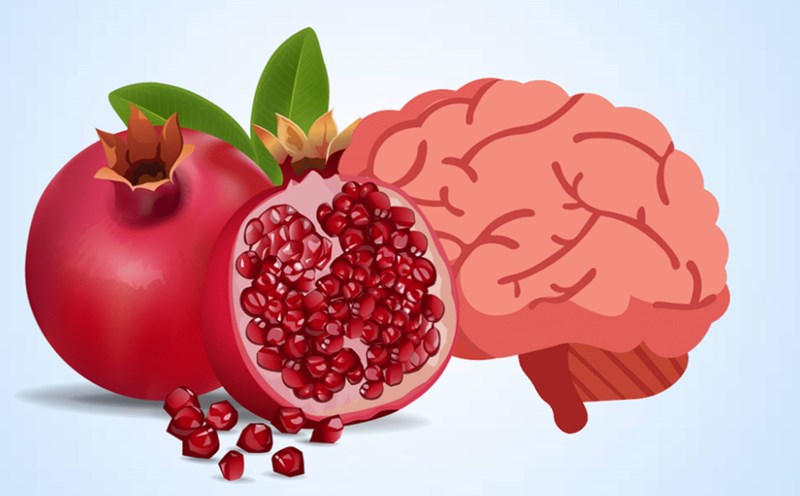Pomegranate is one of the most popular fruits because of its delicious taste and high nutritional value. This fruit contains many antioxidants, vitamin C and minerals that are beneficial for heart health as well as skin.
Therefore, housewives can apply a few simple ways to choose quality pomegranates, red seeds and berries.
Pomegranate shape
One of the most common mistakes is that housewives often choose round, shiny pomegranates. However, round pomegranates are usually young, the seeds inside are still small. Therefore, this round fruit will have a sour, bland or low-water flavor.
On the contrary, the old pomegranates are slightly square, with rough shells, slightly square shapes, and the corners are clearlyficial. These will be pomegranates with seeds inside that are ripe, plump and very sweet and creamy.
Color of pomegranate peel
In terms of color, it is not necessary to choose bright red fruits. Many pomegranate varieties when cooked still have a light yellow or light pink shell, but the grains are dark red and very sweet. The important thing to note is the tension and perimeter of the skin.
Choose pomegranates with slightly shiny, slightly sparkling, brown spots that will bring a rich sweetness. On the contrary, fruits with shiny, smooth shells are often pomegranates picked when not fully ripe, not yet in the water and often have a sour taste when eaten.
The openness of the flower bed
The flower bed (also known as the fruit navel) located at the bottom of the pomegranate fruit will accurately reflect the ripeness. When housewives observed this point, if they saw a large and dry flower bed, with clear cracks in the edge of the navel, it was a ripe pomegranate.
If the fruit navel is still closed, cloudy, green and not dry, the pomegranate will still be immature. Young pomegranates will have light, foaming seeds and not have much water.
Weight and hardness
Housewives can compare pomegranates when the fruit makes the hand feel heavier, so they should choose to buy. The firm, hand-carved pomegranate fruit proves to be thick and fresh inside. The light fruits are often left for a long time, no longer fresh and lose water or the seeds are weak and dry.
In addition, use your fingers to lightly press the fruit peel. Delicious pomegranate must have a hard shell and tightly embedded in the seeds. If you find it soft, sunken or has poor elasticity, the pomegranate is likely crushed inside or has begun to damage.











